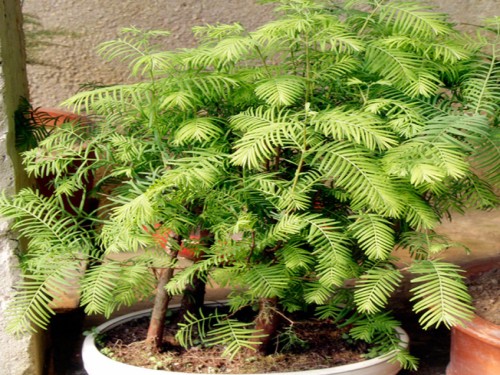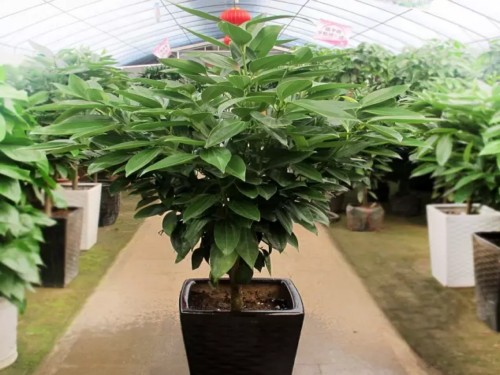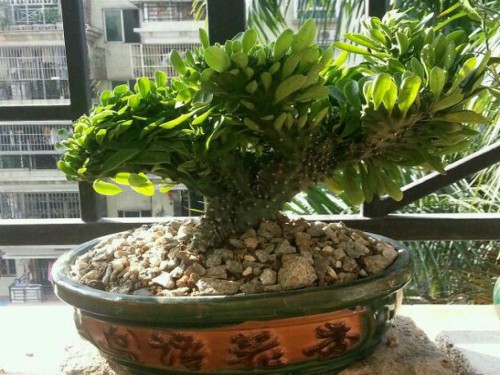How to change the Metasequoia bonsai
Metasequoia glyptostroboides is a "living fossil" tree species with straight and straight trunk, magnificent tree shape, emerald green leaves and golden leaves after autumn. it is a famous ornamental tree in the courtyard, which can be used as bonsai of Metasequoia glyptostroboides, and can also be solitary, arranged or planted in parks, courtyards, lawns and green spaces. Metasequoia glyptostroboides can also be planted to create scenic forests and adapt to evergreen cover plants; they can also be planted in front of buildings or used as street trees with good results.
Metasequoia bonsai it is a positive plant, can not be kept indoors for a long time, to let it see more sunlight will grow well. The small bonsai should change the basin reasonably and change the soil once a year, because when the basin is small, it is easy to have a lot of dead roots, which will cause pathogens to the new roots and die slowly after decay.

Metasequoia bonsai root system does not need pruning, according to bonsai growth, turn the basin once every 2-3 years, when turning the basin combined with root pruning, the root system is too dense and too long should be trimmed, can be considered according to the following circumstances:
If the new root of the tree is underdeveloped and the root system is not covered with the bottom of the soil, the original basin can still be used and the root system that does not need pruning can be used. For the tree species with developed root system, if the fibrous root is densely covered with the bottom of the soil block, the larger basin should be replaced, the dense root system should be thinned, the old root should be removed, and a few new roots should be retained to turn the basin. Some old pile bonsai, when turning the basin, can properly lift the root to increase its ornamental value, and trim off the old root and root tip part, cultivate to loosen and fertilize the soil, in order to promote new root.
Time: 2019-05-31 Click:
- Prev

How to raise potted safe trees? Cultivation methods of potted safe trees
Ping an tree, which sounds very auspicious and auspicious, is the elegant name of Lanyu cinnamon. It originated from Lanyu Island in Taiwan. The branches of Ping an tree are dignified, yellowish green, smooth and hairless. People in the flower growing industry and business have given it an auspicious name Ping an Tree. Peace tree means auspiciousness.
- Next

How to raise the bonsai of Jade Kylin
Jade Kylin likes warmth and requires plenty of sunshine, which is suitable for sandy loam with good drainage. Drought-resistant, not cold-resistant, but resistant to half-shade, suitable for family potted ornamental. It has green and beautiful leaves, fleshy stems and leaves, and elegant plant shape, which is very similar to the unicorn in ancient Chinese legend, so it is named Jade Kylin.
Related
- Fuxing push coffee new agricultural production and marketing class: lack of small-scale processing plants
- Jujube rice field leisure farm deep ploughing Yilan for five years to create a space for organic food and play
- Nongyu Farm-A trial of organic papaya for brave women with advanced technology
- Four points for attention in the prevention and control of diseases and insect pests of edible fungi
- How to add nutrient solution to Edible Fungi
- Is there any good way to control edible fungus mites?
- Open Inoculation Technology of Edible Fungi
- Is there any clever way to use fertilizer for edible fungus in winter?
- What agents are used to kill the pathogens of edible fungi in the mushroom shed?
- Rapid drying of Edible Fungi

